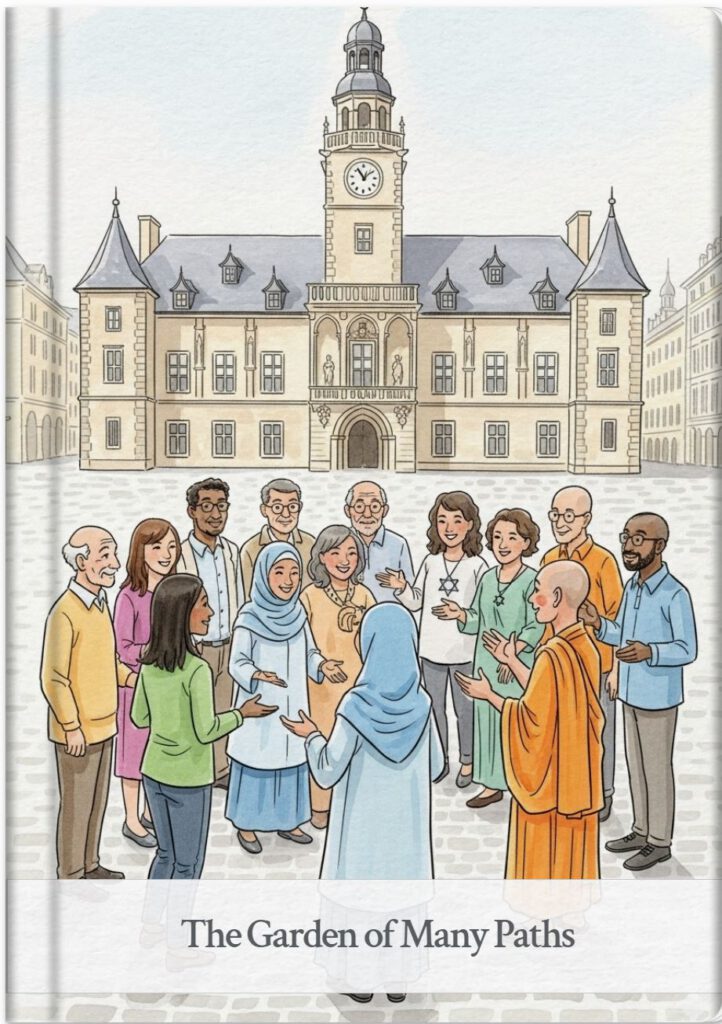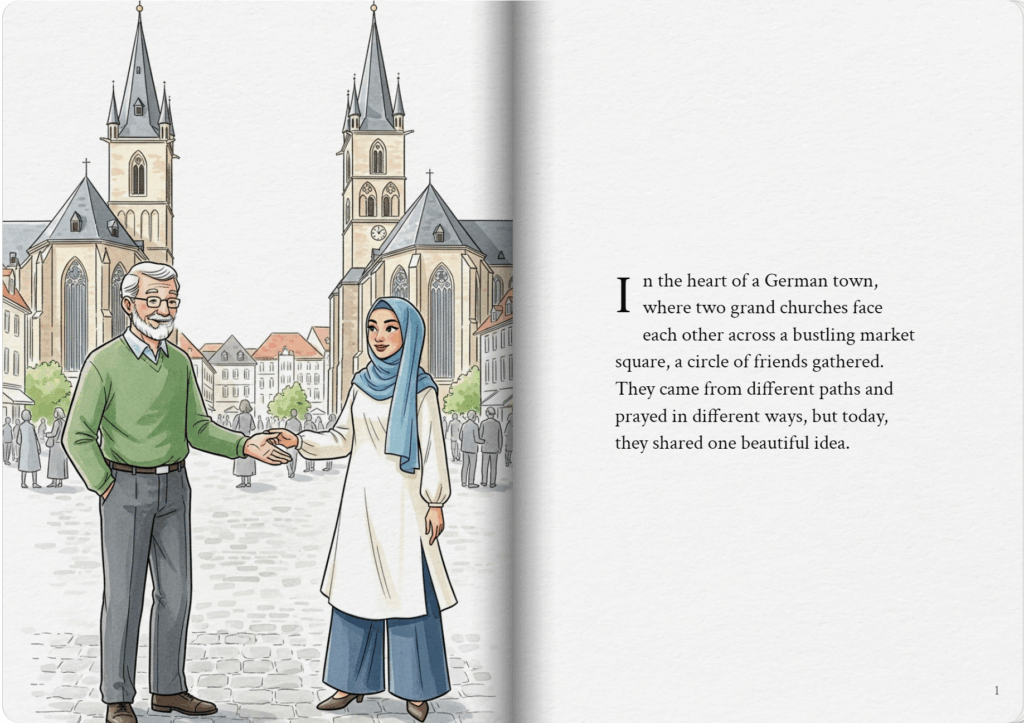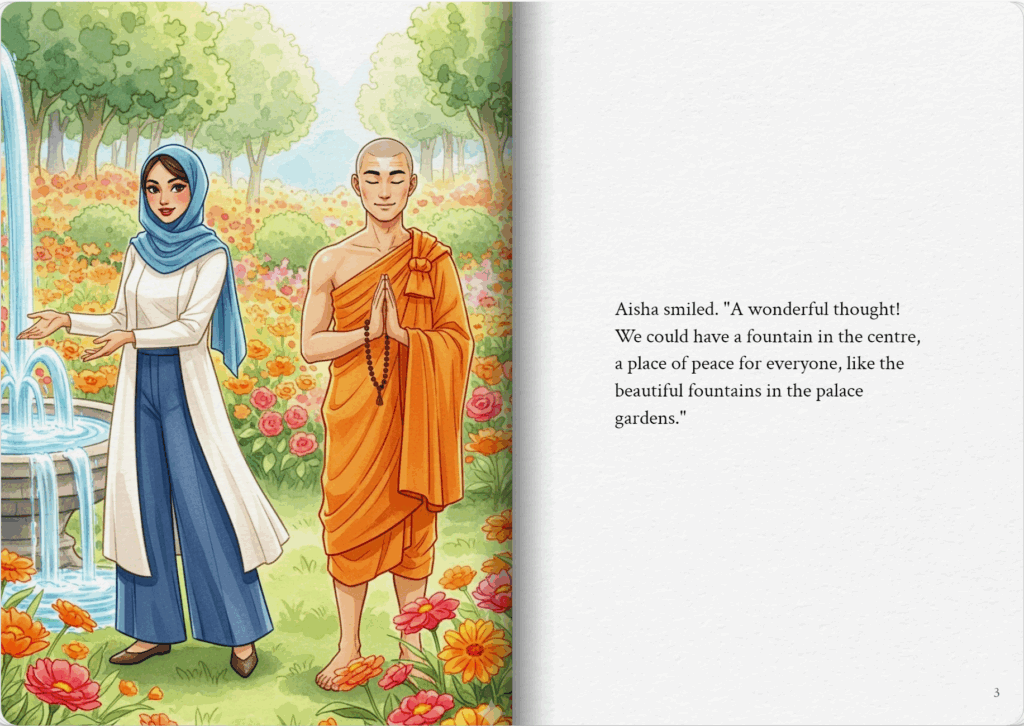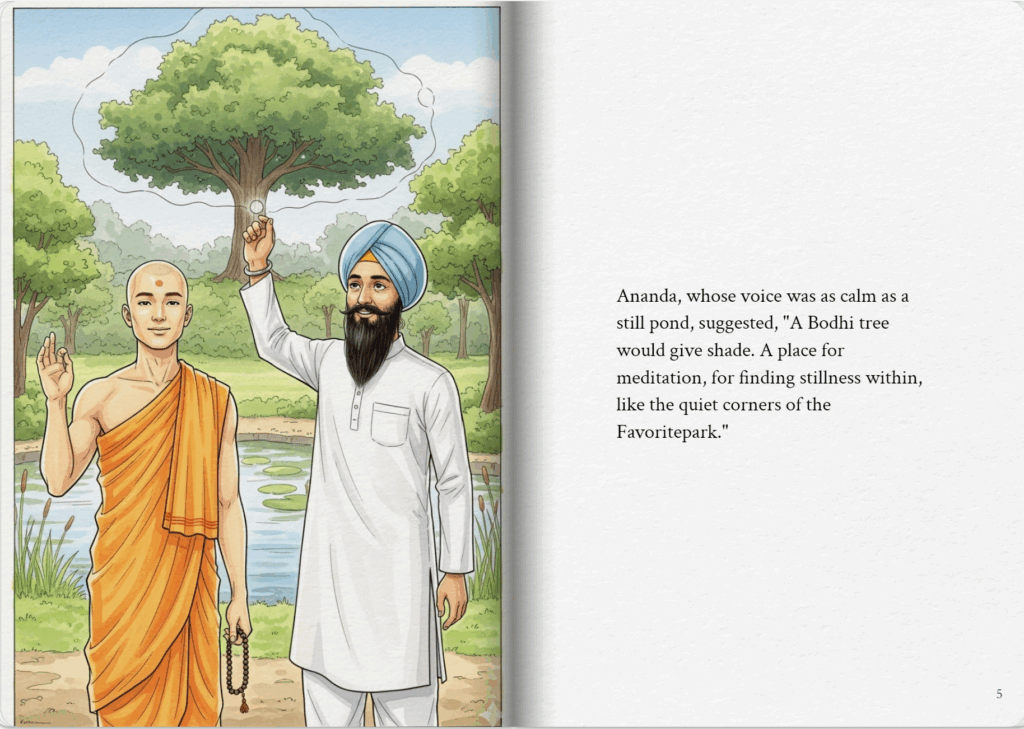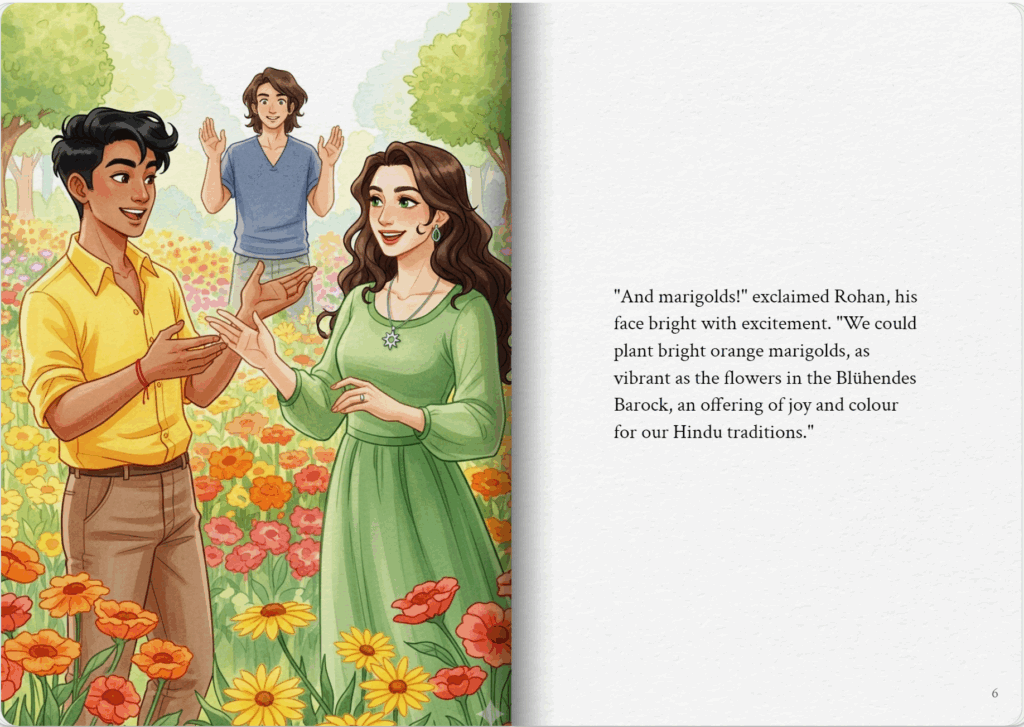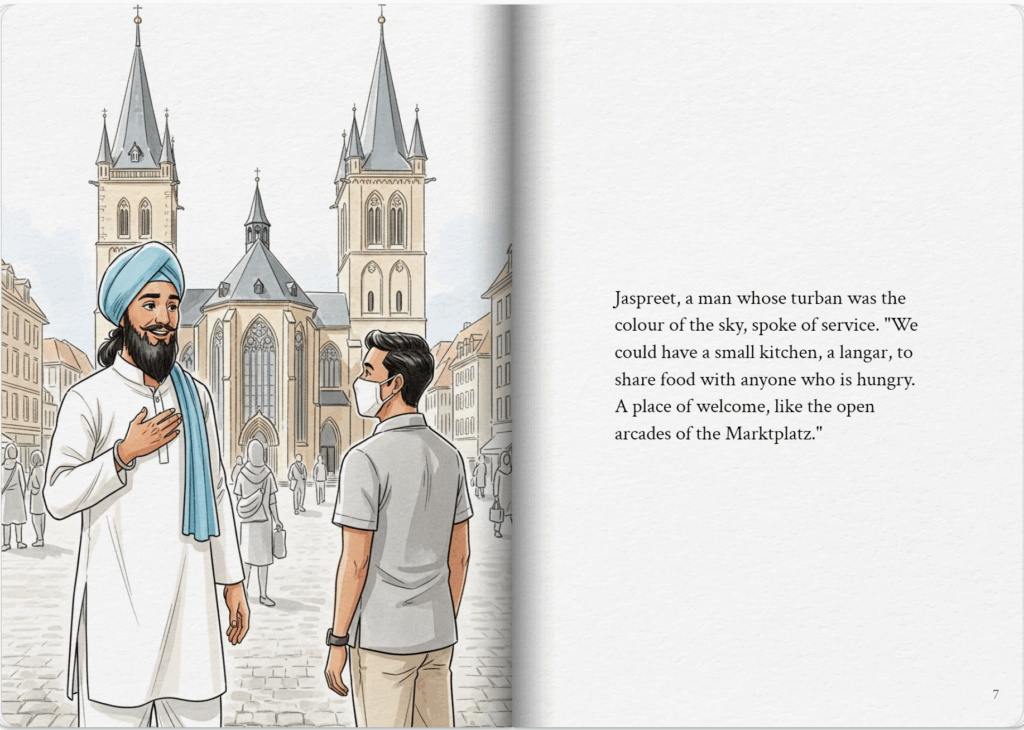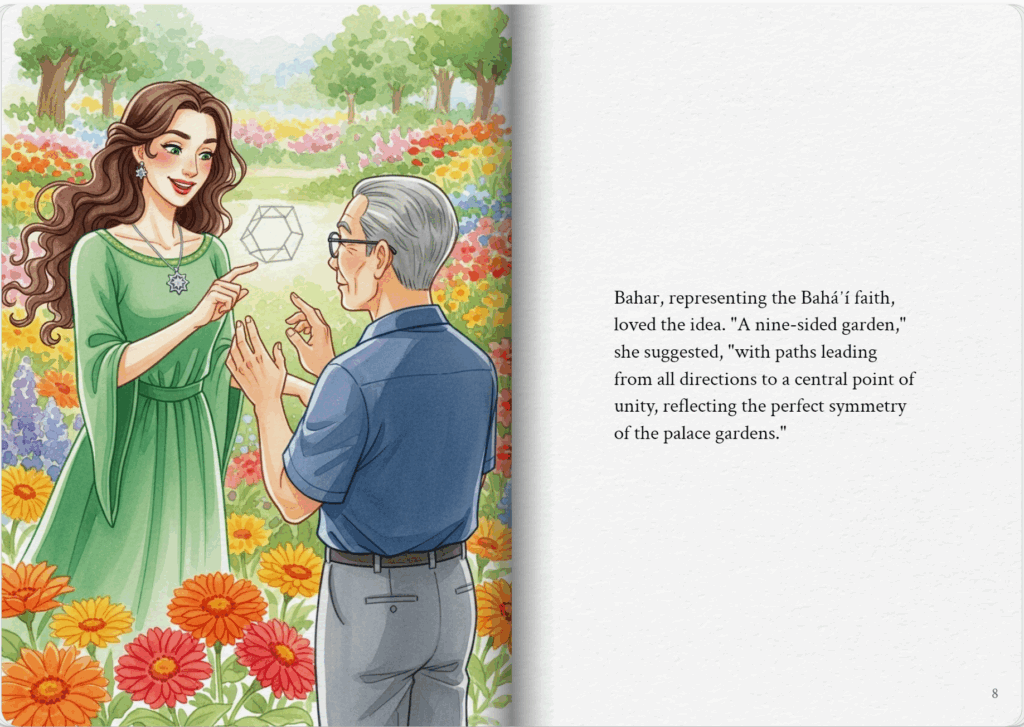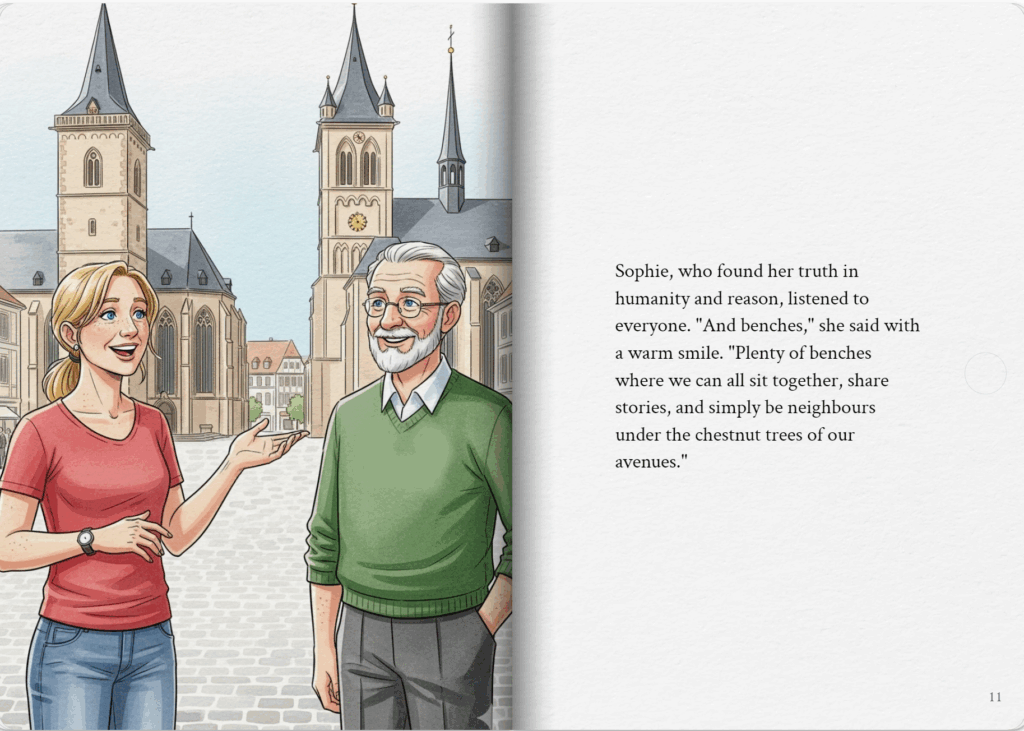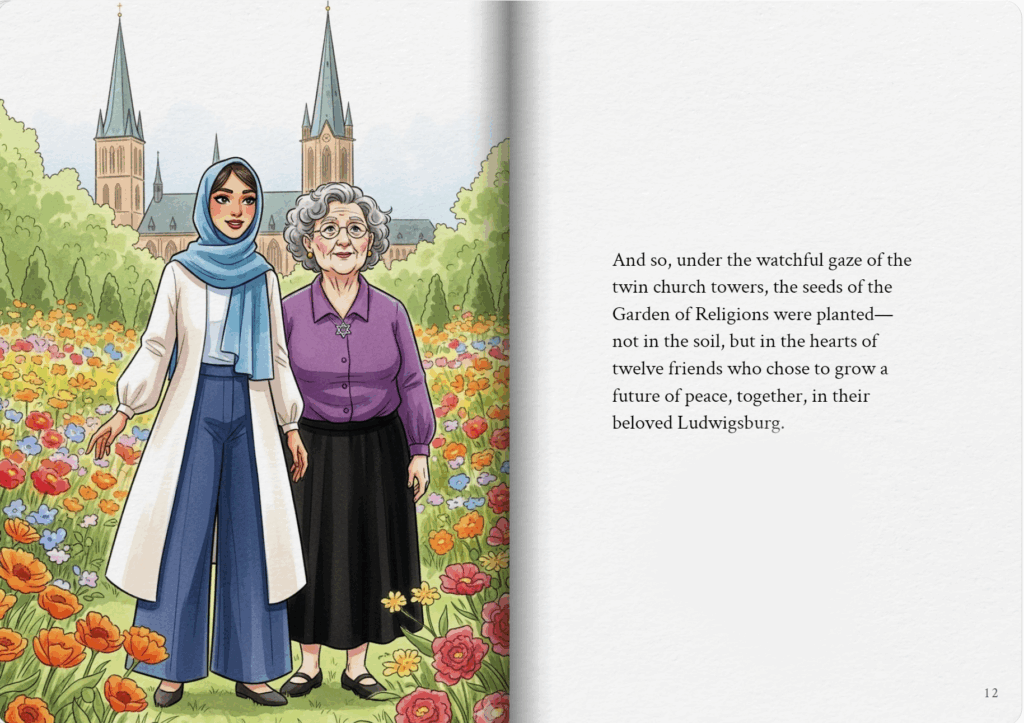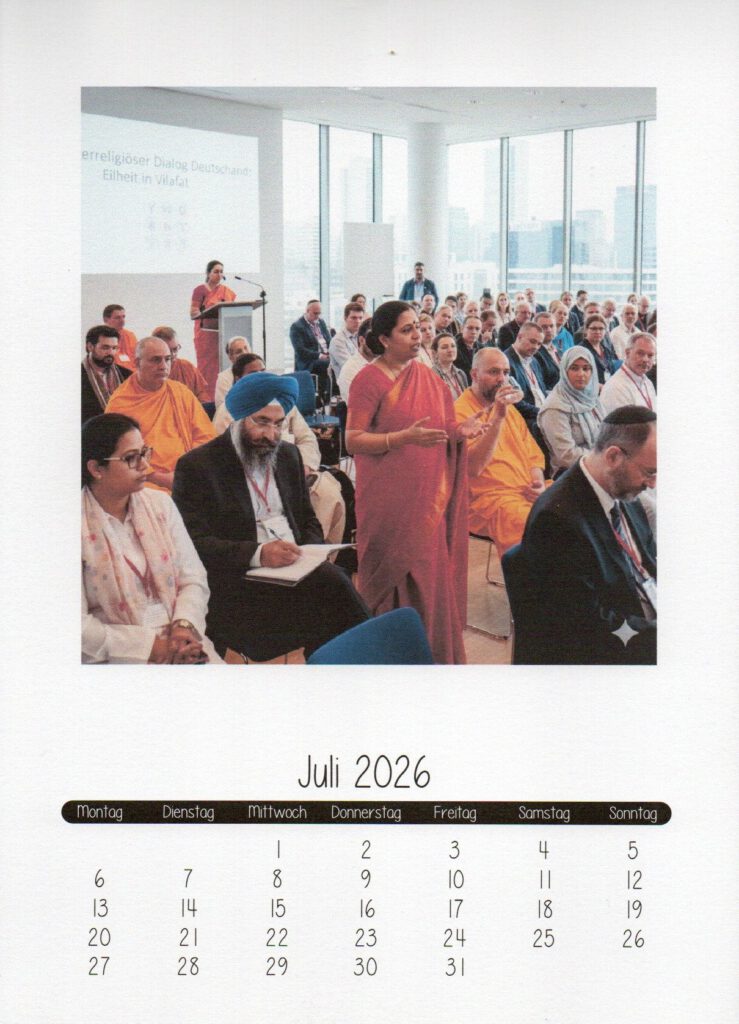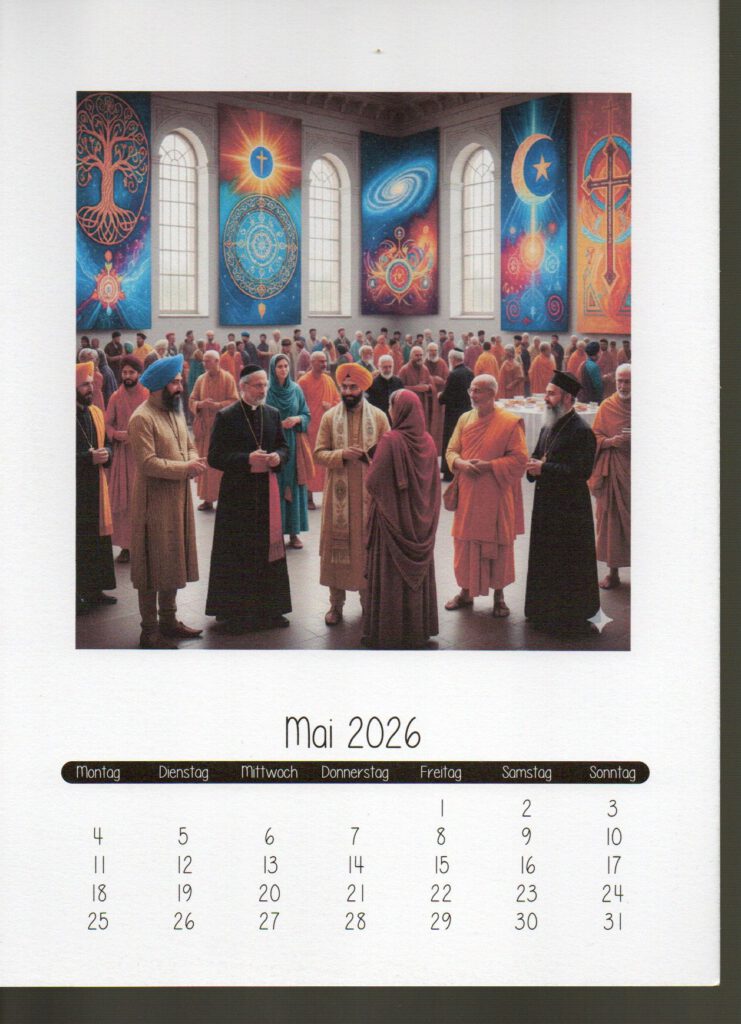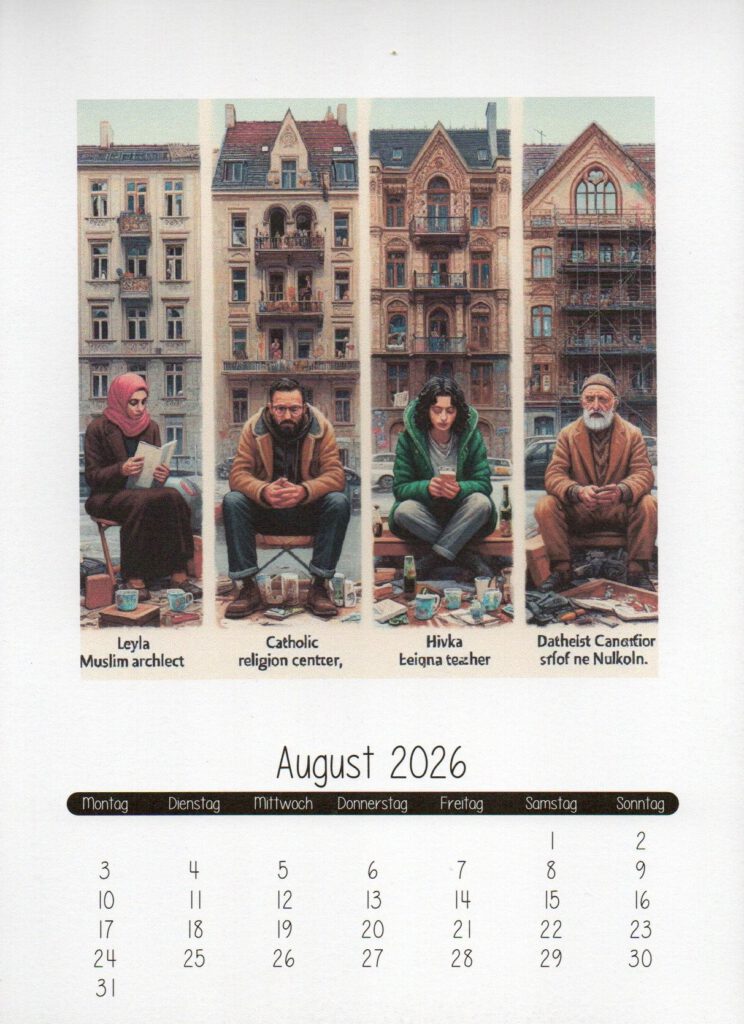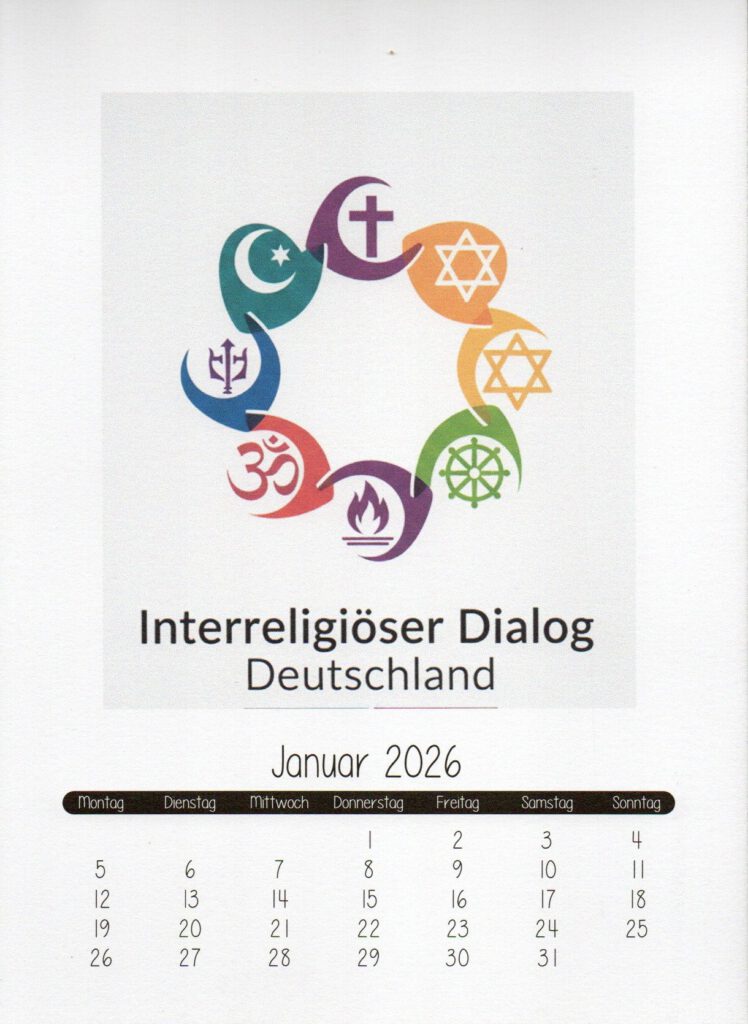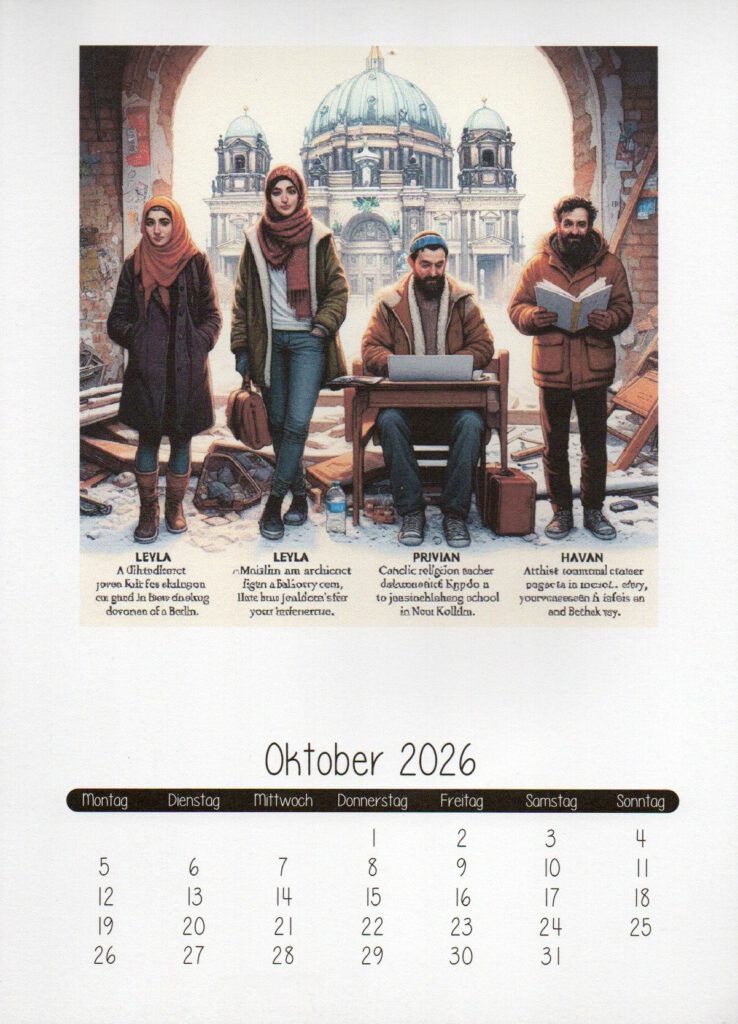The Gardens of Religions in Germany serve a key purpose in promoting interfaith dialogue, tolerance, and peaceful coexistence among different religious and non-religious communities.
What they are for:
Promoting Dialogue and Coexistence: They act as unique, neutral, and peaceful public spaces designed to encourage conversation and mutual understanding between people of various faiths and worldviews (e.g., Christian, Islam, Judaism, Hinduism, Buddhism, and often the non-religious).
Education and Reflection: They offer visitors a chance to learn about the symbols, philosophy, and traditions of different religions through the design, plants, sculptures, and often inscriptions of sacred texts or quotes. They are places for quiet contemplation and self-reflection.
Materializing “Conviviality”: In a multicultural and often secular setting, these gardens materialize the idea of different communities living together successfully by dedicating shared physical space to their respective traditions.
Symbolizing Peace: They often incorporate elements like a peace bell or focus on universal themes of peace, love, and humanity, serving as a reminder that religions should foster reconciliation, not conflict.
What a Garden of Religions Should Represent:
A garden of religions should ideally represent:
Unity in Diversity: It should showcase the unique elements of each major faith (through specific symbols, plants, architectural styles, or text) while arranging them in a way that emphasizes their harmonious coexistence within a single, shared landscape.
Universal Spiritual Themes: Gardens often inherently symbolize universal spiritual concepts like:
Paradise/Eden: The pursuit of a perfect or lost state of harmony.
Life and Renewal: The cycle of nature as a metaphor for spiritual growth or resurrection.
The Source of Life: Often represented by a central water feature.
Respect and Openness: The space should be accessible and welcoming to people of all backgrounds, encouraging respect for different belief systems and for those who have no religious affiliation.
A Place of Encounter: Functionally, it represents a place where the local religious communities can come together, hold joint events, or simply share a public space, building sustained social relations.
